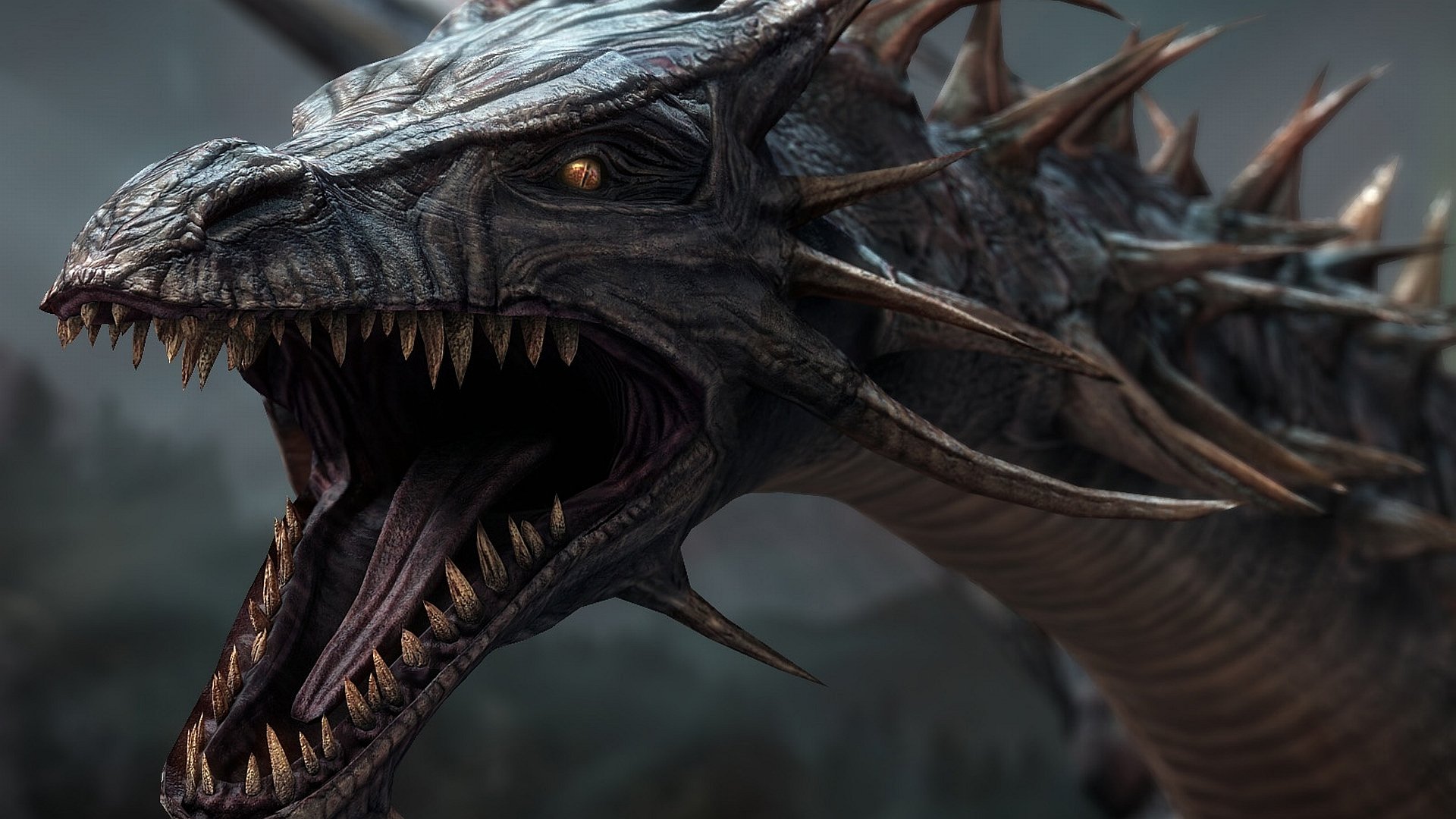The size of a dragon?!
Fuelling rapid growth and always appetite for more.
No Siegfrieds out there?
Siegfried got slaughtered!
The dragons’ breath spells death
Virgins awaiting the beast.
How to ride the dragon?!
- Retention of talent
- Perform on capital efficiency
- Lever on innovation
- Cannibalise own revenues (someone else, will do if you don’t)
- Foster on digital transition! Simple: if you are not digital you are out




5 thoughts on “Feeding the dragons – hyper competitive digital markets turn out to become Duo-poles”
Pretty nice post. I just stumbled upon your weblog and wished to say that I have truly enjoyed browsing your blog posts. In any case I will be subscribing to your rss feed and I hope you write again soon!
thank you for the nice compliment 😊
Like!! Thank you for publishing this awesome article.
Thanks so much for the blog post.
I used to be able to find good info from your blog posts.